We are Eastern Market
Nourishing Detroit
Since it began in the 1800s, Eastern Market has gradually become a cornerstone, nourishing its residents by providing fresh and nutritious food throughout Southeastern Michigan. In more recent years, Eastern Market Partnership has built an infrastructure around the market to support our unwavering mission to enrich Detroit—nutritionally, culturally and economically. As a 501(c)(3) nonprofit, our goal is to maintain Eastern Market’s:
Prioritize People
People come first — always. We center the needs of our community in everything we do, building programs and spaces that uplift those who grow, create, and live in Detroit.
Connectivity
Eastern Market is a meeting place — of farmers and families, neighbors and newcomers, culture and commerce. We strengthen the bonds that help communities thrive through shared food, stories, and space.
Authenticity
This market has roots and we honor our history and culture by staying true to who we are — while always welcoming new voices, flavors, and ideas that move us forward.
Development Equity
We believe development should benefit everyone. That’s why we invest in inclusive economic opportunities that reduce barriers, support local ownership, and reflect the diversity of Detroit.

We shepherd Eastern Market’s rich history to nourish a healthier, wealthier, and happier Detroit.
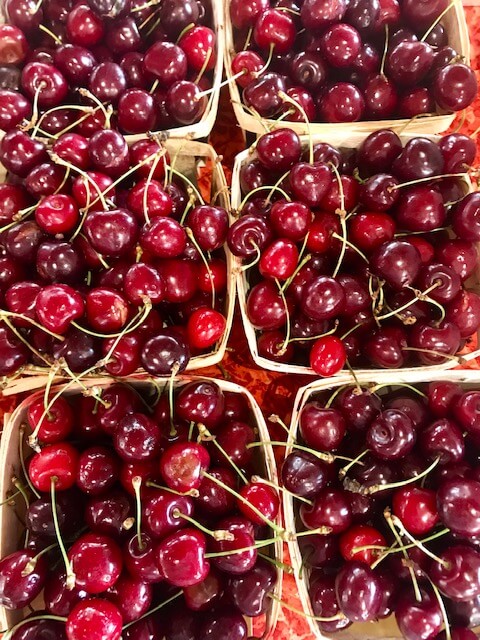
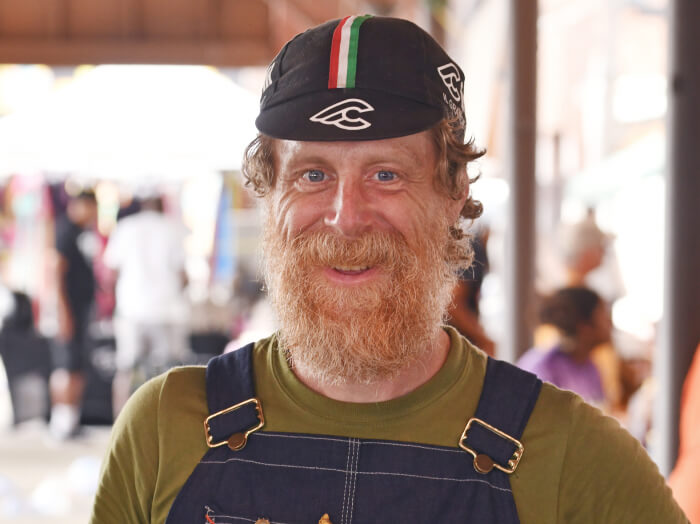
Market Voice
Name of Individual
At eripuit signiferumque sea, vel ad mucius molestie, cu labitur iuvaret vulputate sed.
November 2023
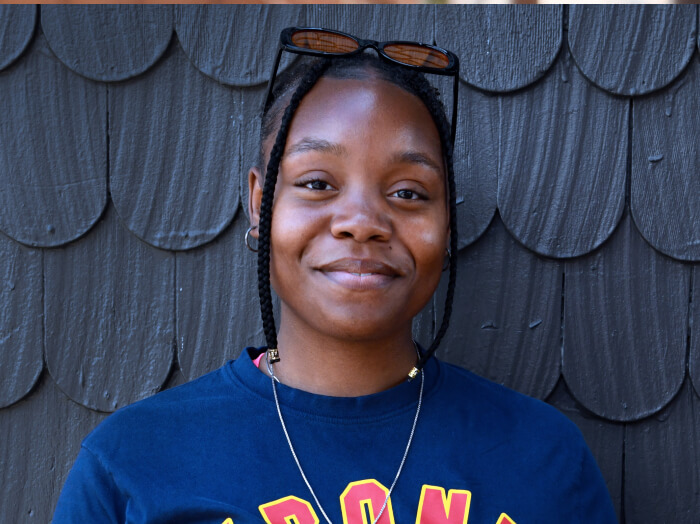
Market Voice
Name of Individual
At eripuit signiferumque sea, vel ad mucius molestie, cu labitur iuvaret vulputate sed.
November 2023
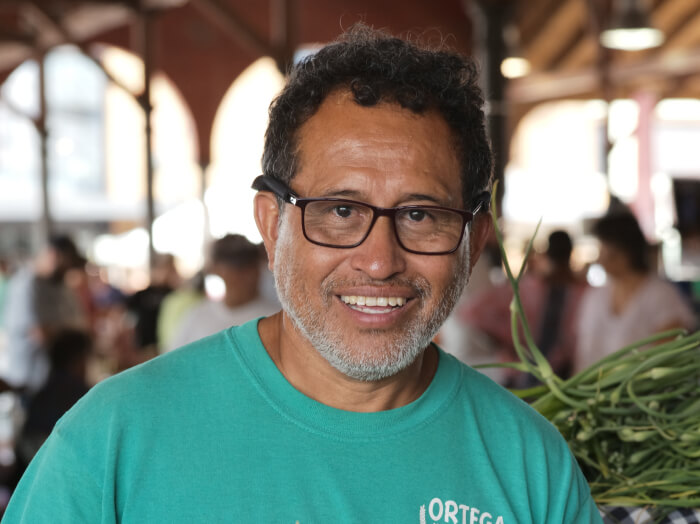
Market Voice
Name of Individual
At eripuit signiferumque sea, vel ad mucius molestie, cu labitur iuvaret vulputate sed.
November 2023
The Heartbeat of Detroit,
Then and Now
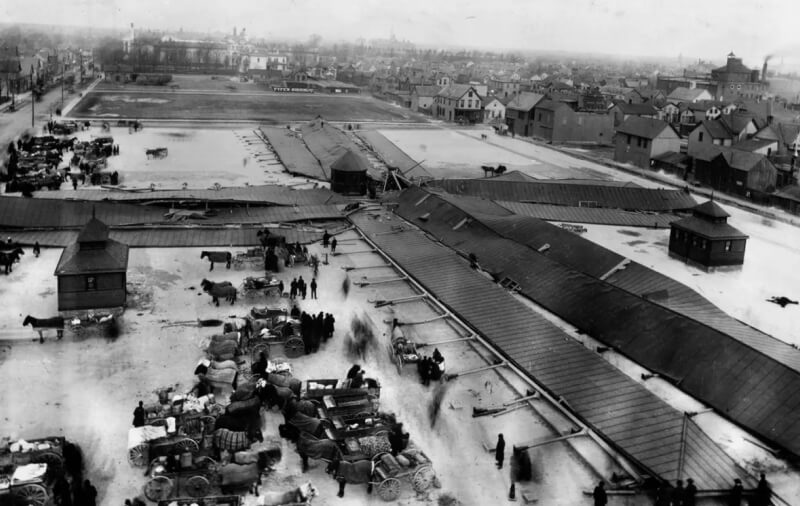
Mid 1880s
Eastern Market OriginsBy 1882, the Russell Street Cemetery was relocated and an informal eastern market began (considered “eastern” due to its position east of downtown, where the City’s central market operated). A temporary Shed was constructed in 1886 consisting of iron support poles with a raised roof. The building blew down during a storm in 1890.

1891
Eastern Market officially designatedWith the City of Detroit undergoing a period of tremendous growth, Eastern Market operated as an informal market along Russell Street at High Street (now part of the Fisher Freeway service drive). The City’s Central Market was unable to accommodate the growing population and a plan emerged to develop two markets further outside of the downtown. Given the success of the existing informal market, the City formally designated Eastern Market in 1891.
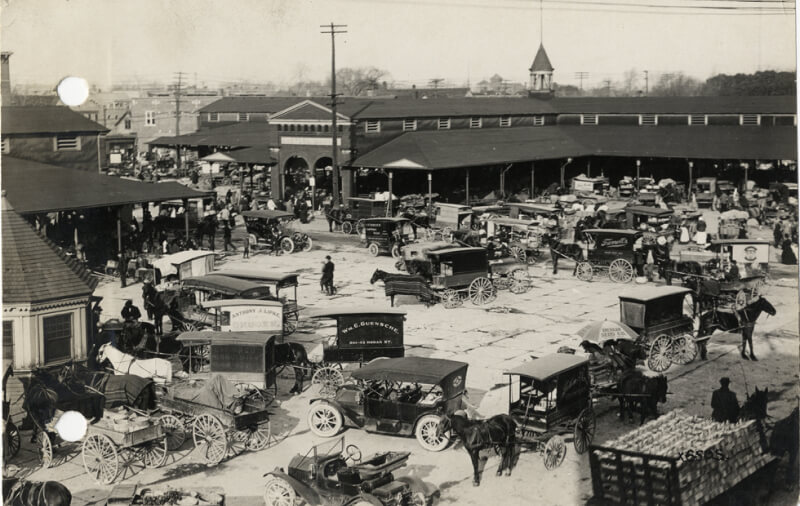
1892
SHED 1The new market required a permanent building to be constructed that would become known as Shed 1, bounded by Russell, Vernor, Market and High Streets. Similar in style to the historic Shed 2, with cast iron columns and an exposed wood frame roof, the structure contained more than 150 covered stalls.
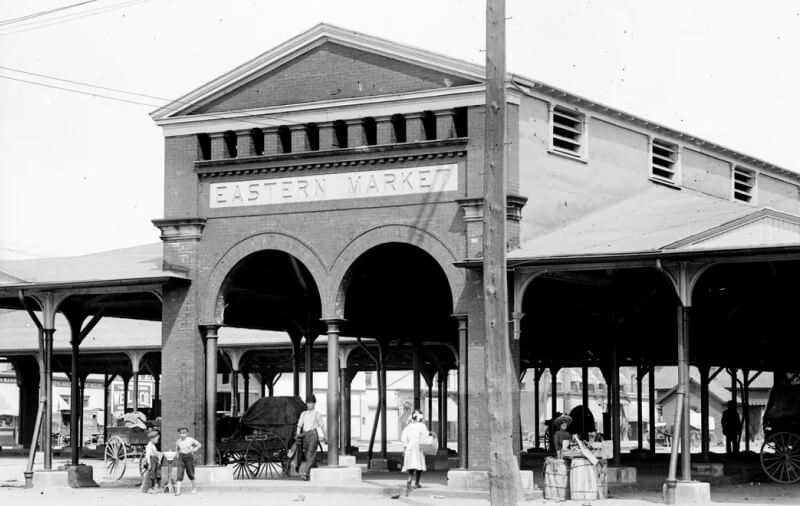
1898
SHED 2As the new market grew, more covered space was needed. Shed 2 was constructed one block directly north of Shed 1and was nearly identical to Shed 1, while being just a bit smaller. The commercial district continued to grow as well: additional food-related business expands with purveyors and market-related businesses concentrated along the western edge of the neighborhood and Detroit’s growing meatpacking industry expanding along Orleans Street, aided by the proximity to the railroad tracks. Shed 2 was renovated over 2007-2008 over the course of 10 months and at a cost of nearly $2M for construction.
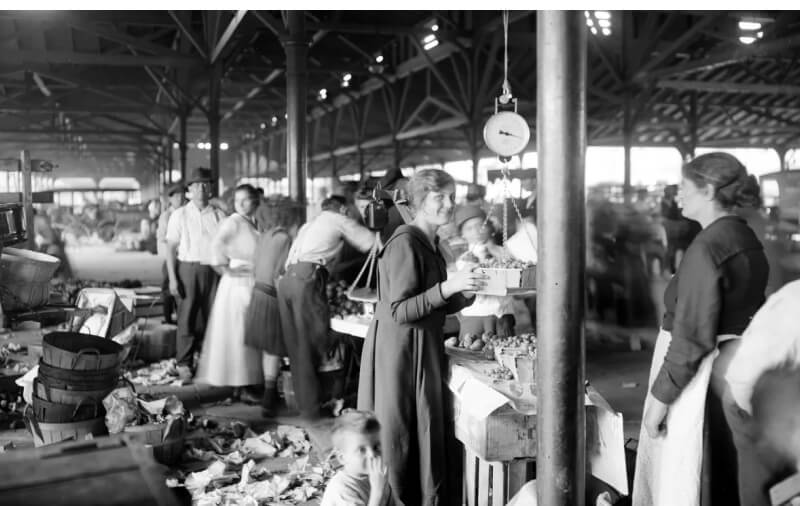
1899 through early 1900s
Eastern Market SaturdaysEastern Market’s first farmers came via horse and wagon and were mainly from rural farming communities within a 15-to-20 mile radius east of Gratiot Avenue. As early as 1899, Eastern Market Saturdays flourished, attracting 13,000-15,000 visitors. The market opened to wholesalers at 6 AM and retailers at 9 AM.
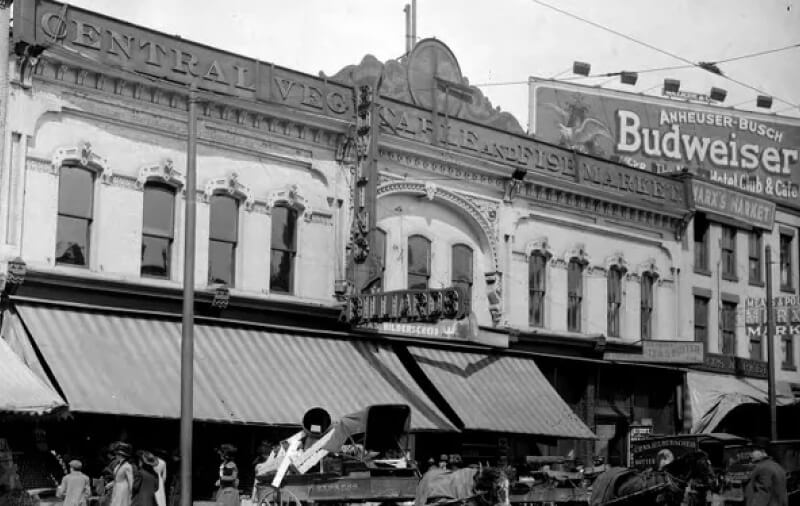
1915
Gratiot Central MarketWith a main entrance on Vernor (now the Fisher Freeway Service Drive) Gratiot Central Market was built in 1915 as a market hall focused primarily on meat sellers. The structure was designed by prominent Detroit architects, Smith, Hinchman & Grylls. In 1966, an interior fire caused damage to the roof framing and other interior structure. The exterior wall on the Gratiot Avenue side remained intact and the market reopened in late 1968. A second fire in 1995 completely gutted the interior of the building and left only the Gratiot Avenue façade standing. The building was revamped to a one-story, open-plan facility that stands to this day.

1922
SHED 3With the contract for construction let in 1921, the first all-weather shed at the market opened in August of 1922. The building housed over 100 stalls for vendors and farmers. Two out buildings were also constructed: one at Adelaide Street (renovated in 1990 into the Welcome Center), which housed a market office and restrooms, and a second on Division, which housed a garage, incinerator and horse pound and no longer stands. Shed 3 was renovated in 2009, which included 11 months of construction and a $6.5M investment.
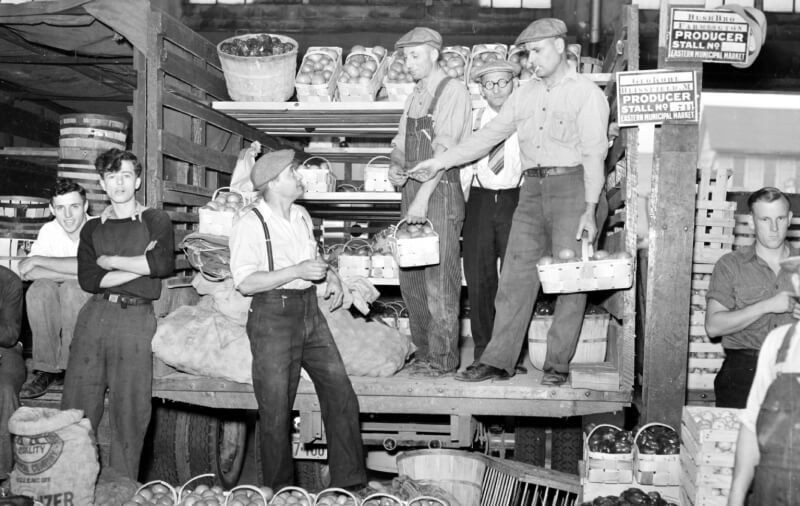
1930s
The great depressionAll of Detroit’s public markets, which also included the Chene-Ferry and Western Markets, flourished during the Great Depression. With unemployment at a peak, jobless laborers returned to farming and the markets offered dependable places to sell produce.
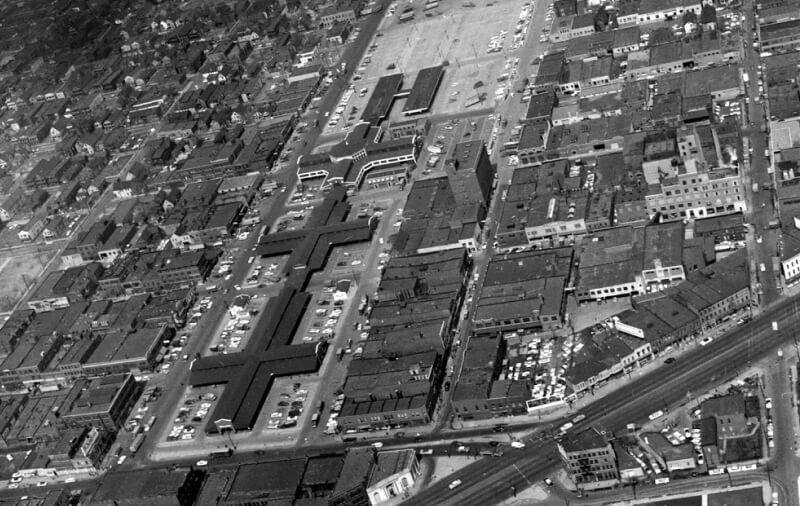
1938 and 1939
Shed 4 and 5 constructionSheds 4 and 5 were originally constructed as unadorned canopy structures with walkways down the middle. Shed 4 was ultimately reduced in size to what stands now and the original Shed 5 was torn down in 1980 for a new, enclosed shed and parking structure.
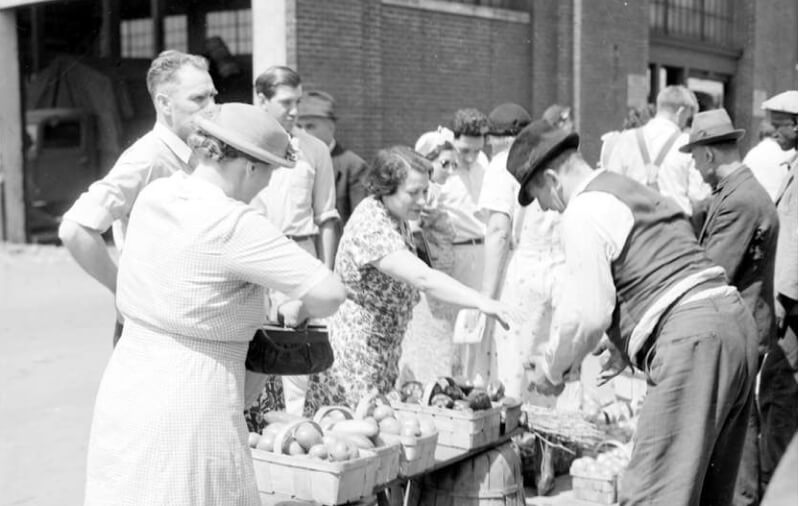
World War II
DetroitDetroit’s markets flourished once again as a solution to wartime food shortages. During the age of hard-to-find ration coupons, black-market pricing was a standard practice and even published in market news bulletins.
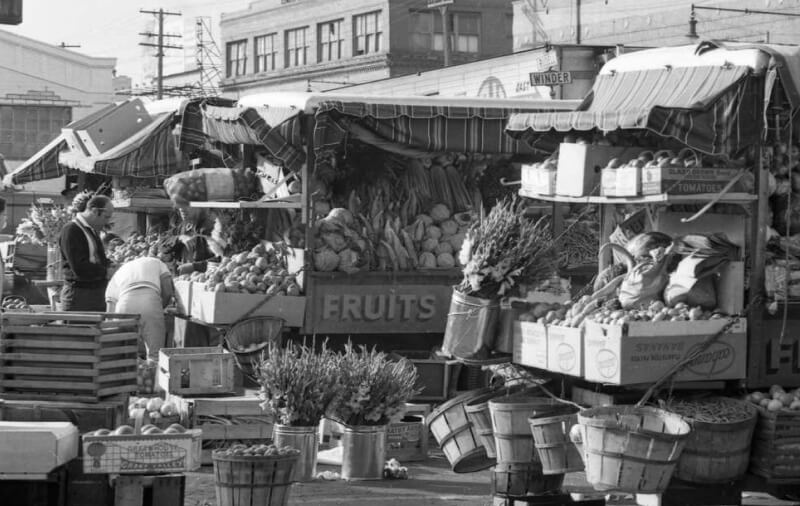
Post WWII through 1960s
InnovationWith the suburbanization of American cities and the ubiquity of grocery stores, the markets declined after World War II. Innovations in the agriculture also allowed wholesalers and retailers to contract directly with farmers. Over time, Eastern Market began to operate at a deficit and the city considered closing it altogether.
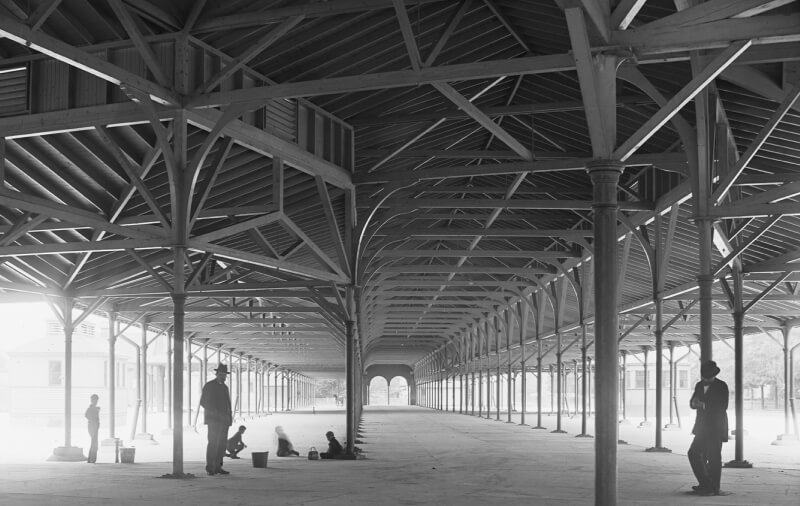
1967
Shed 1Shed 1 was demolished in 1967 to make way for construction of the Fisher Freeway connector. The freeway only required a portion of the footprint, so the remainder of the land became an informal parking lot, later designated as the formal Lot 1 at the southern end of the market footprint.
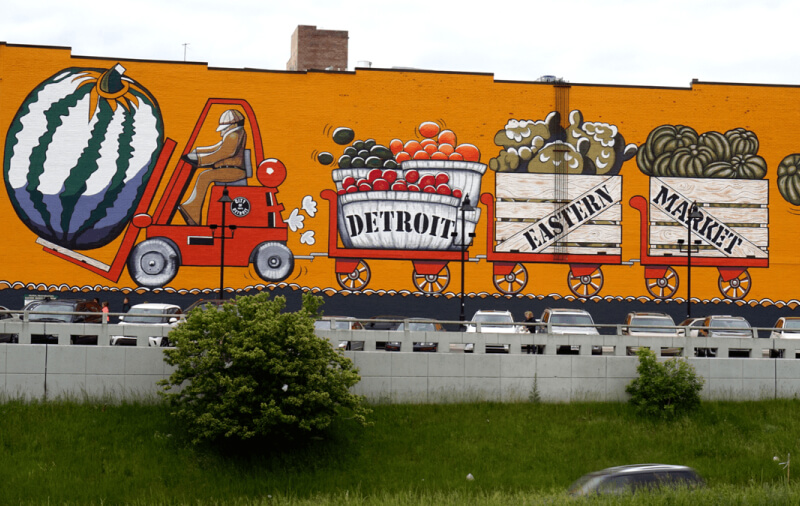
1970s
Market resurgenceWith investment in the physical infrastructure, mainly through murals, and new local interest in fruits and vegetables, Eastern Market bounced back and was operating in the black again.
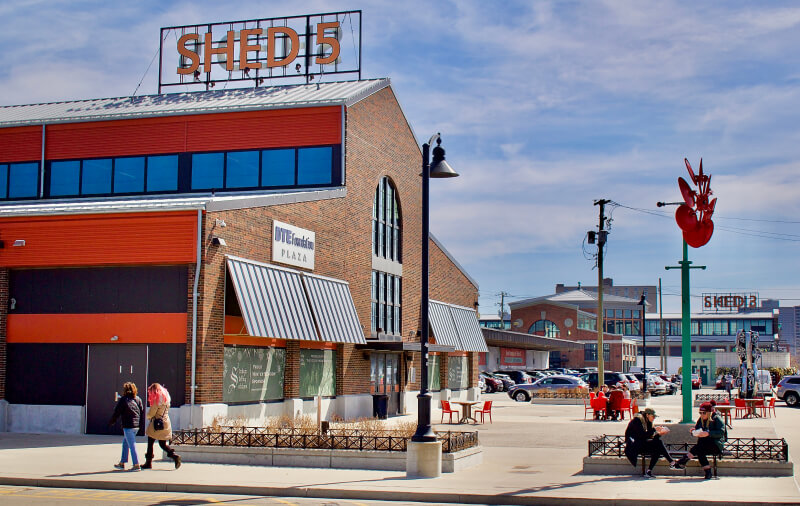
1981
New shed 5 opensThe new 22,000 square foot structure opened in 1981 and featured large garage doors to accommodate large trucks and included radiant heating. Shed 5 was renovated starting in 2012 and a new facility opened in 2015 and included the Shed 5 Community Kitchen.
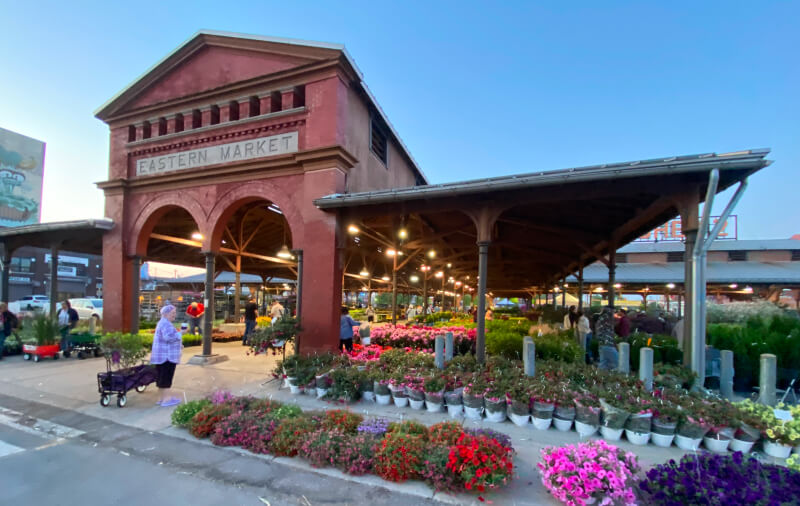
2006
Eastern market corporation establishedIn 2006, the entities known as the Eastern Market Merchants Association (EMMA) and the Eastern Market Advancement Coalition (EMAC) merged to form the Eastern Market Corporation, with a purpose of managing and promoting the market through a formal agreement with the City of Detroit. Using fundraised public and private funds, the EMC has invested millions in capital improvements to the historic sheds; established robust programming in food access and entrepreneurship; advanced numerous economic development activities across the neighborhood; and modernized the public markets to now attract 30,000-40,000 visitors on a regular summer Saturday.

1970s - through today
A long legacy of murals in the marketSince the early 1970s, Eastern Market has been known as a home for public art. From the installation of classic food-related murals by Alex Pollack in the 1970s to the classic images of fruits, vegetables, and livestock used in advertising posters, to the Murals in the Market Festival in 2015, public art has always gone together with the vibrant market district throughout the years.
Historical information and imagery sourced from Images of America: Detroit’s Historic Eastern Market by Randall Fogelman and Lisa E. Rush.
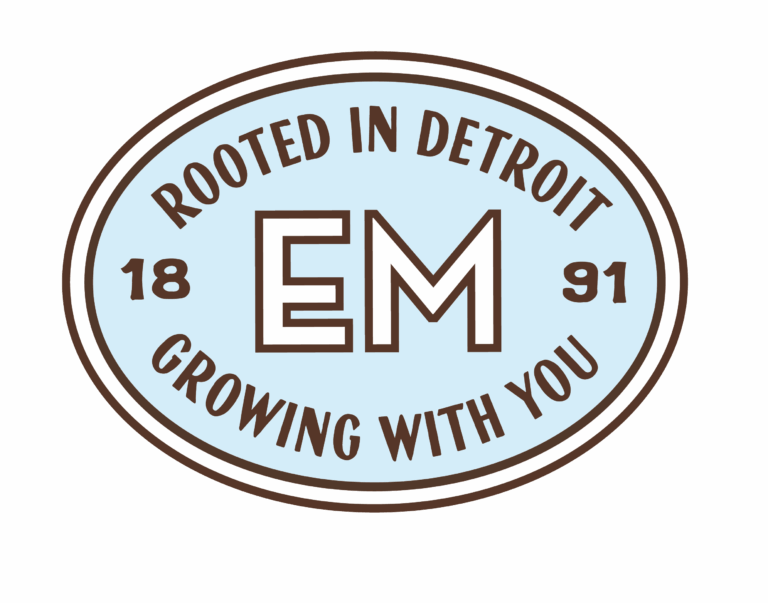
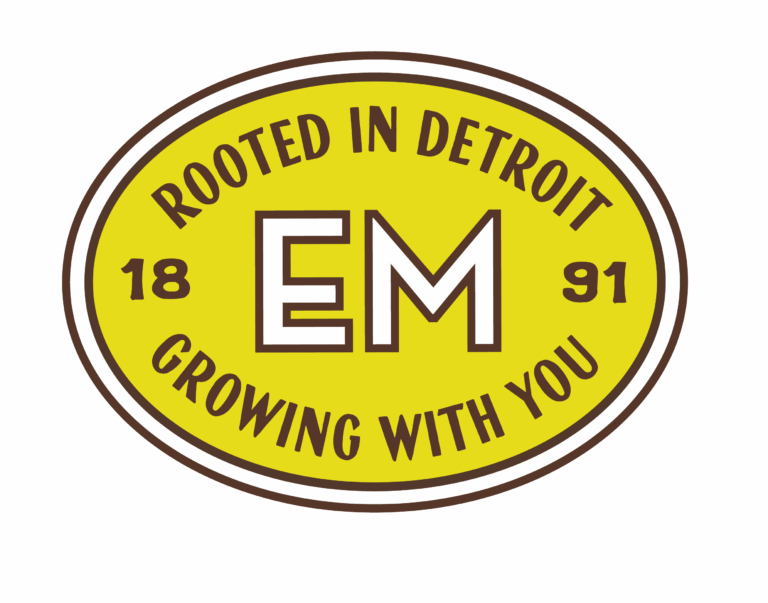
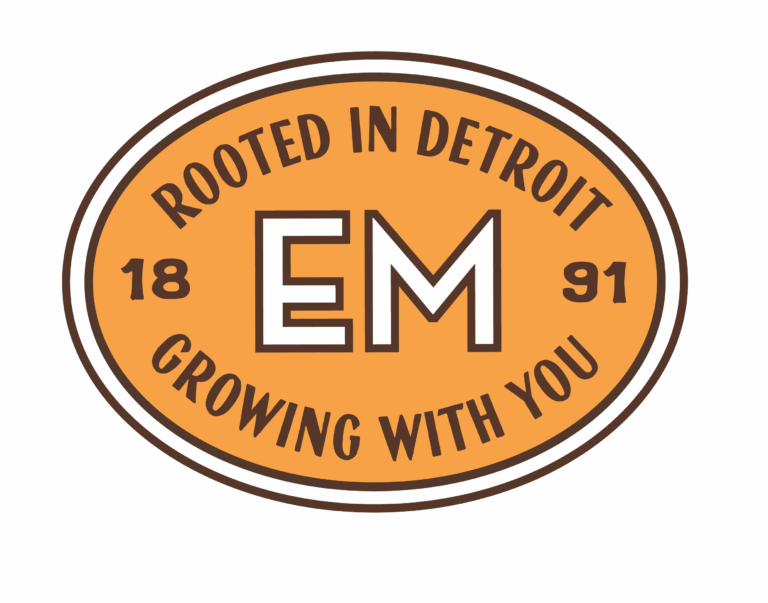
Food Access
Increasing access to nourishing food is at the core of our mission to build a healthier, wealthier, and happier Detroit. This goal of access isn’t only about our most popular markets but resonates in all of our additional resources, programs, and partnerships as well. See more information on the programs that bring the food, culture, and togetherness of Eastern Market to smaller communities throughout Detroit.
Eastern Market Development Corporation
Eastern Market Development Corporation (EMDC) is a community-based non-profit development entity established to ensure that the Eastern Market District remains an authentic and diverse place for all businesses, residents, and visitors. EMDC engages in commercial and mixed-use (mixed-income housing, retail, industrial) development projects in collaboration with private and philanthropic partners.
Partners & friends
We’re eternally grateful to the partners and friends who make Eastern Market a thriving example of what happens when communities work together.
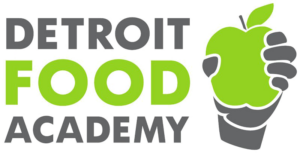

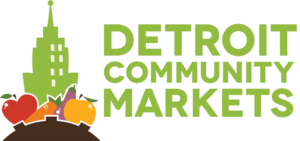
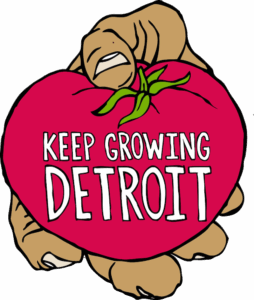


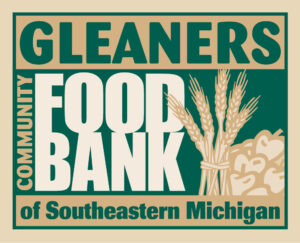
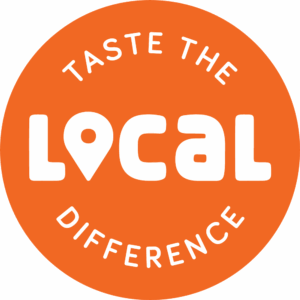
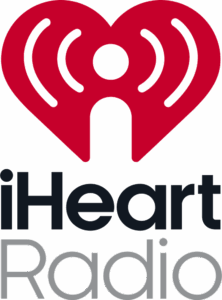
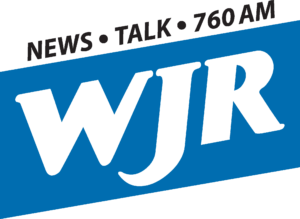

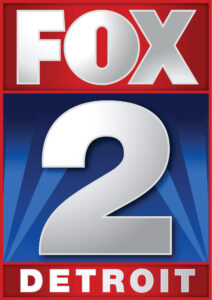
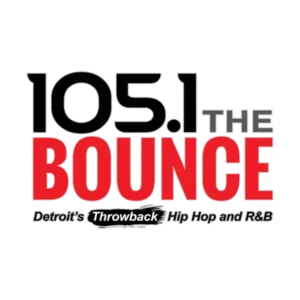
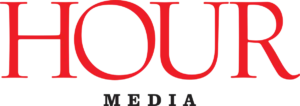


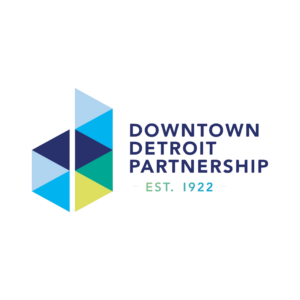

Board of Directors and Staff
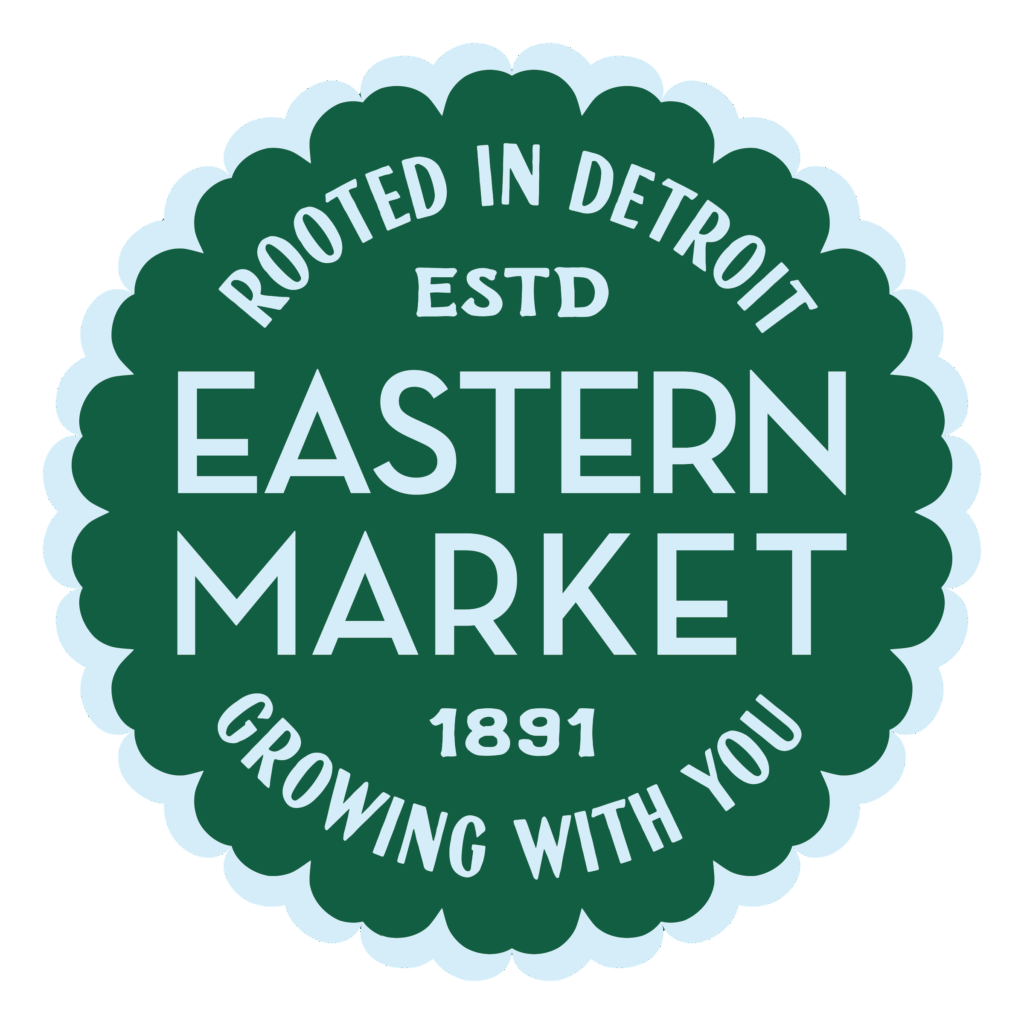

Where Detroit Gathers
Now You Can Too
Rent the Market!
Host your next event at Detroit’s most iconic public market. From community festivals and pop-ups to private celebrations and brand activations, Eastern Market offers flexible, open-air and climate controlled spaces full of energy and history. Learn more about our spaces and how to make one yours.

